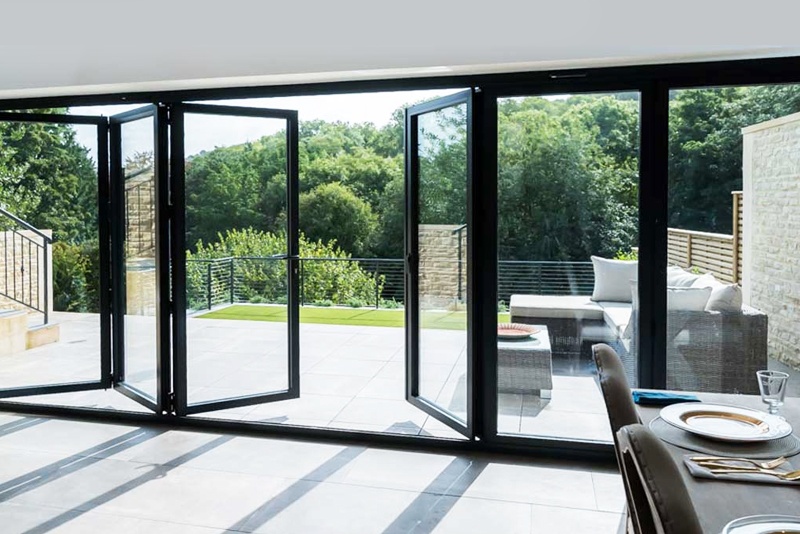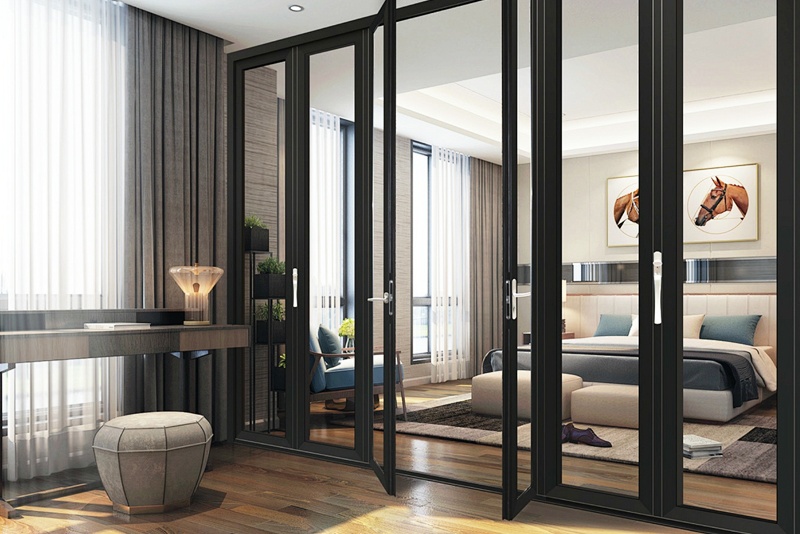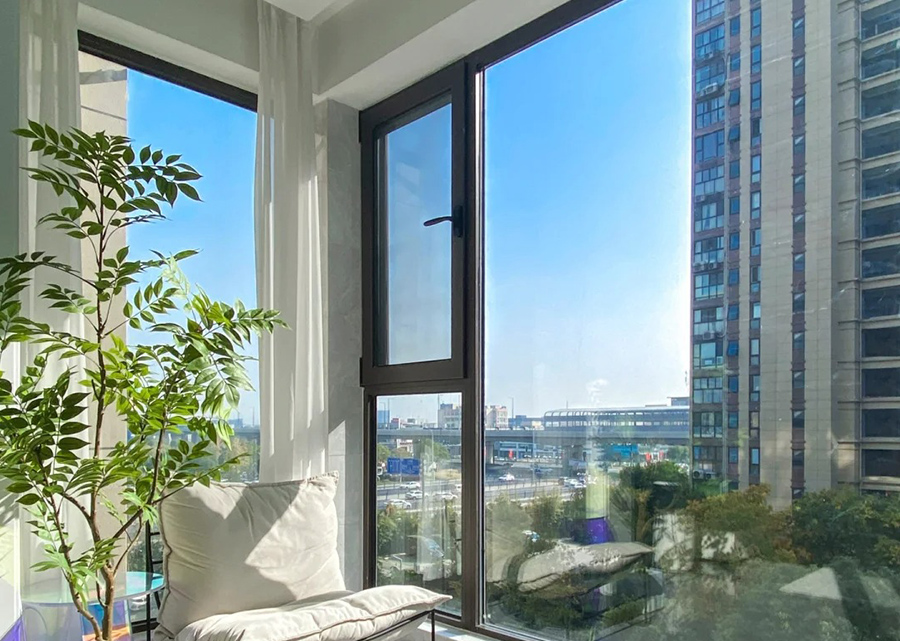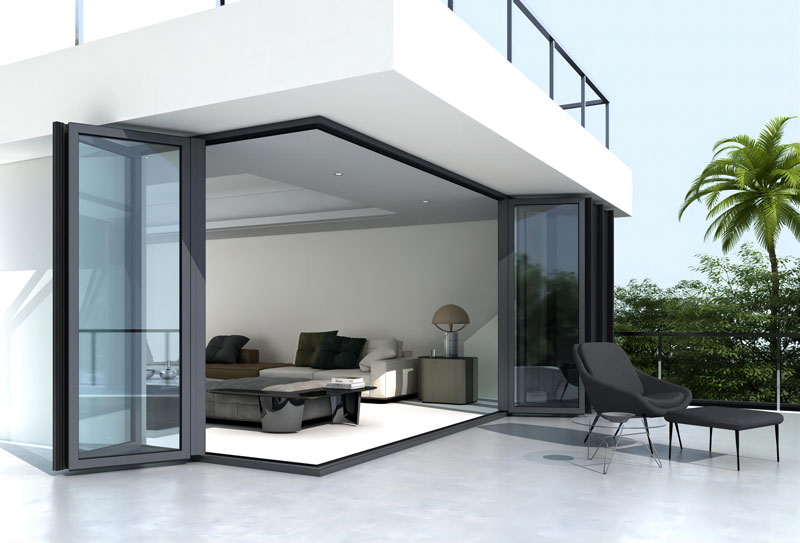What is a Sunroom and How Should You Design Yours?
Picture this: a haven flooded with daylight where you’re immersed in nature without leaving home. That’s the magic of a sunroom design. Whether you call it a conservatory, garden room, or solarium, this glass-enclosed space becomes your home’s new favorite spot. The key? Walls of windows. Opt for wide-swinging casement windows that scoop in breezes or effortless sliding windows that frame panoramic views. We’ll walk through everything – from nailing the layout and picking windows to structural must-haves and styling tricks. Let’s create your dream sun-soaked escape.
Defining Your Sunroom Space
At its core, a sunroom is about connection. Glass walls and a roof dissolve boundaries between indoors and out. Forget screened porches – this is about maximum transparency. For year-round use, go for insulated four-season models with proper climate control.
Why You’ll Love Adding One
- Light therapy, daily: Natural illumination lifts moods and slashes lighting bills
- Instant square footage: No messy additions or foundation digs
- Flexible living: Morning coffee nook? Plant paradise? Reading retreat? Done
- Value booster: Expect 50-80% ROI come resale time
- Your private nature channel: Uninterrupted garden or landscape views
Windows: Casement vs. Slider Showdown
Windows make or break your sunroom. They control the light dance, airflow rhythm, and overall vibe. Choosing between casement windows and sliding windows? Here’s the real-world breakdown.
Why Casement Windows Rock
Hinged on the side and crank-operated, these bad boys:
- Dominate ventilation with full 90-degree openings catching cross-breezes
- Deliver crystal-clear views when shut (no center bar!)
- Seal up tight against drafts (hello, energy savings) Pro tip: Install near seating spots where you’ll want airflow control. Just keep cranks accessible.
Sliding Windows’ Sweet Spots
Gliding horizontally on tracks, they’re ideal when:
- Space is tight (zero swing clearance needed)
- You crave wide-screen views minus visual interruptions
- Hard-to-reach spots demand easy operation
- Low-maintenance living tops your list Best for: Picture windows above sinks or along dining areas.
Mixing Styles Like a Pro
Most top designs blend casement and sliding windows. Try:
- Sliders where vistas steal the show
- Casements flanking seating for breeze control
- Corner combos maxing out light and air flow
- Transoms above for extra height Designer insight: “Layer window types like lighting – each serves a purpose.” – Sarah J., Sunspace Solutions
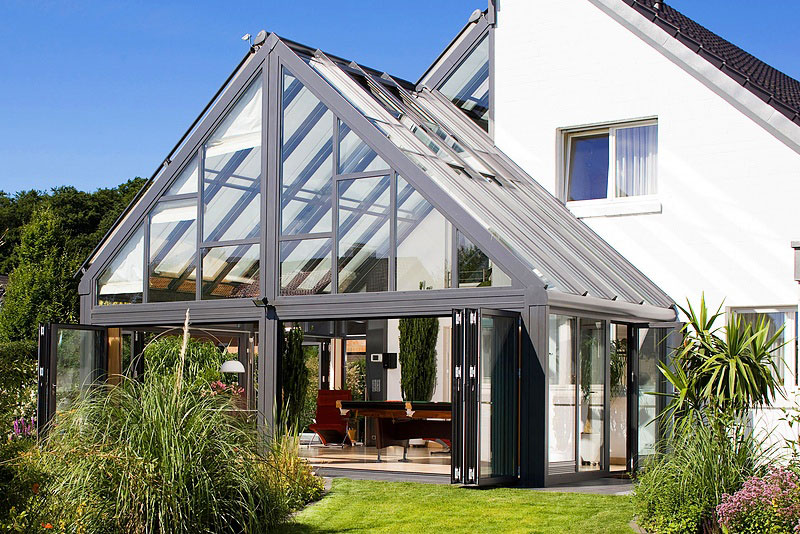
A sunroom design that allows people to enjoy the sunshine to their heart’s content
Foundation Up: Building Smart
Don’t cut corners here. Permanent sunrooms need:
- Concrete slab foundations with proper drainage grading
- Framing that lasts: Aluminum (rust-proof), cellular PVC (zero rot), or clad wood (classic but higher upkeep)
- Roofing that performs: Multi-wall polycarbonate or insulated glass
- Flashing details that actually keep water out Red flag: Skip permits at your peril. Local codes rule structural specs.
Furnishing Your Glass Oasis
Curate a space that begs you to linger:
- Furniture: Go for all-weather wicker or powder-coated metals
- Fabrics: Solution-dyed acrylics (Sunbrella®) laugh at UV rays
- Layout: Deep-seat sectionals + nesting tables = instant comfort
- Textures: Jute rugs, linen throws, and potted giants like fiddle-leaf figs
- Light control: Cordless solar shades for glare busting
- Evening vibe: Dimmable LED strips under benches
Comfort Secrets: Beyond the Thermostat
Keep it enjoyable year-round:
- Low-E insulated glass to block summer heat/save winter warmth
- Venting skylights or roof vents that exhaust hot air passively
- Slim-profile ceiling fans (don’t skip the reverse winter setting!)
- Ductless mini-splits for pinpoint heating/cooling
- Thermal drapes as backup for brutal sunny afternoons
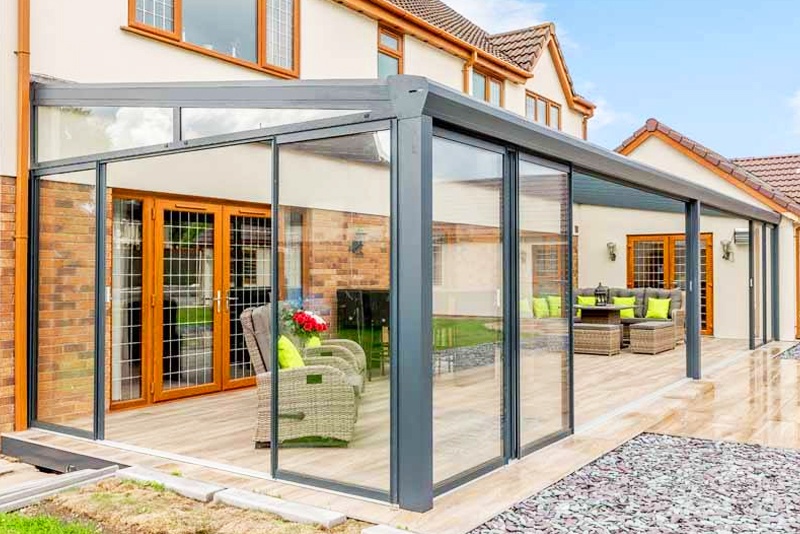
A sunroom design that allows people to enjoy the sunshine to their heart’s content
Navigating Your Project Like a Pro
- Find specialists – not general contractors. Ask for sunroom-specific portfolios.
- Define the “why”: Weekend naps? Dinner parties? Overwintering citrus trees? This drives design.
- Match your home’s DNA: Victorian? Go curved eaves. Midcentury? Steel-frame glass box.
- Budget honestly: Quality windows cost more but outperform for decades. Skip vinyl sliders – they warp.
- Think maintenance: Self-cleaning glass? Worth every penny. Accessible tracks matter.
Why Kanod Windows Earn Their Rep
After 25 years reviewing fenestration products, I consistently see Kanod outperform. Their European-engineered casement windows feature double-compression seals and marine-grade hardware. The sliding windows? Buttery smooth even after coastal exposure testing. That’s why architects specify them for luxury projects – they nail the trifecta: durability, efficiency, and clean sightlines.
Ready to Live in the Light?
A great sunroom design isn’t just added space – it redefines how you experience home. Start with “why,” then layer in smart choices: casement windows where air flow matters, sliding windows for view corridors, and partners like Kanod who build to last. Ditch the Pinterest fantasies and build what actually works. Your sun-soaked sanctuary awaits – let’s get those shades drawn up.




